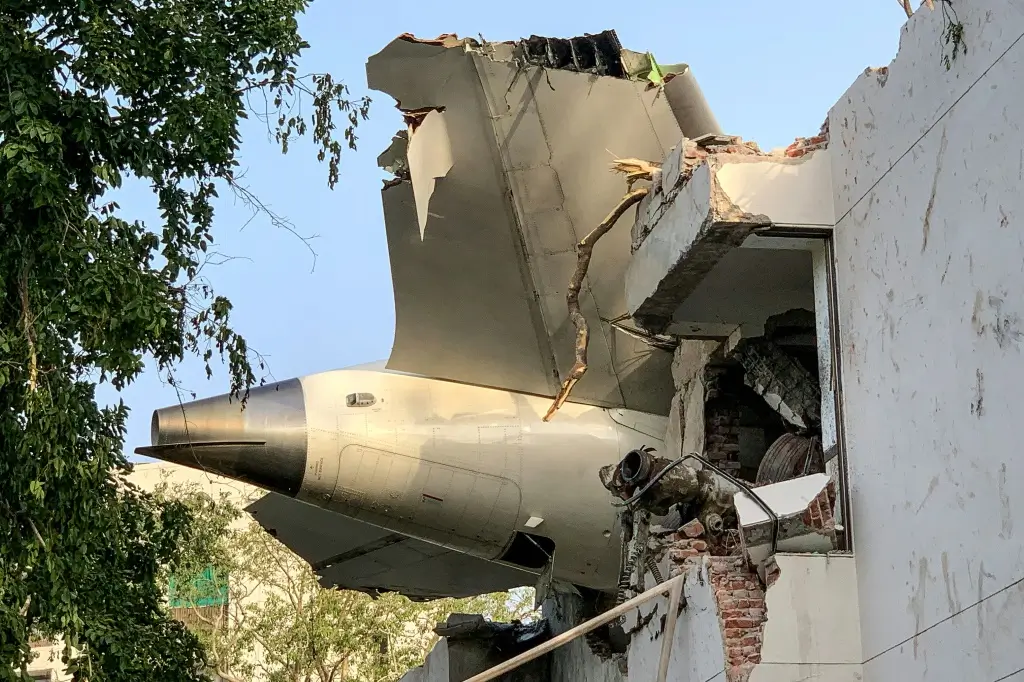
A preliminary investigation into the tragic crash of an Air India Dreamliner last month has revealed that the jet’s engines were deprived of fuel moments before it slammed into the ground, killing 260 people.
The Aircraft Accident Investigation Bureau (AAIB) of India said in its first report that the fuel control switches on both engines transitioned from “RUN” to “CUTOFF” in quick succession just after takeoff. This resulted in a catastrophic loss of thrust on the Boeing 787-8 Dreamliner as it climbed out of Ahmedabad en route to London on June 12.
According to cockpit voice recordings, one pilot questioned the other about the sudden cutoff: “Why did you cut off?” The second pilot reportedly denied doing so. The aircraft briefly appeared to regain some power as the switches returned to “RUN,” but by then the crew had already issued a distress call: “MAYDAY, MAYDAY, MAYDAY.”
Seconds later, air traffic controllers witnessed the aircraft nosedive and crash, triggering a massive rescue operation. The crash killed 242 people on board and 19 on the ground, while dozens were injured. Miraculously, one British passenger survived and has since been discharged from hospital.
The AAIB report highlights that the U.S. Federal Aviation Administration (FAA) had raised concerns in 2018 about the potential disengagement of the locking mechanism on fuel switches. However, the issue was not considered serious enough for mandatory inspections. Air India confirmed it had not carried out the optional checks since the advisories were “non-mandatory.”
Despite this, investigators clarified there were no technical faults identified so far with the aircraft or its GE GEnx-1B engines. Boeing said it is cooperating fully with the investigation and expressed condolences: “Our thoughts remain with all those affected by this tragedy.”
Experts from the United States and the UK are assisting Indian authorities as they sift through debris, black box data, and maintenance records. The probe could take months or longer, with investigators cautioning that their focus could shift as new evidence emerges.
The crash has shaken confidence in Air India and reignited debates over aviation safety in India’s rapidly growing airline sector.